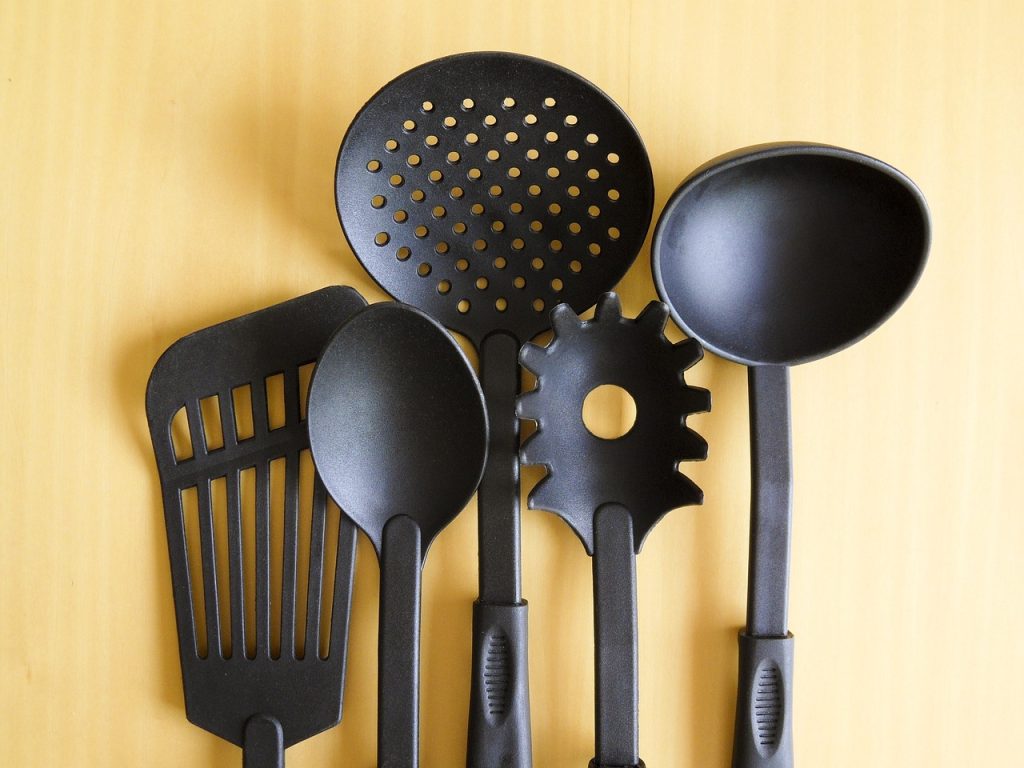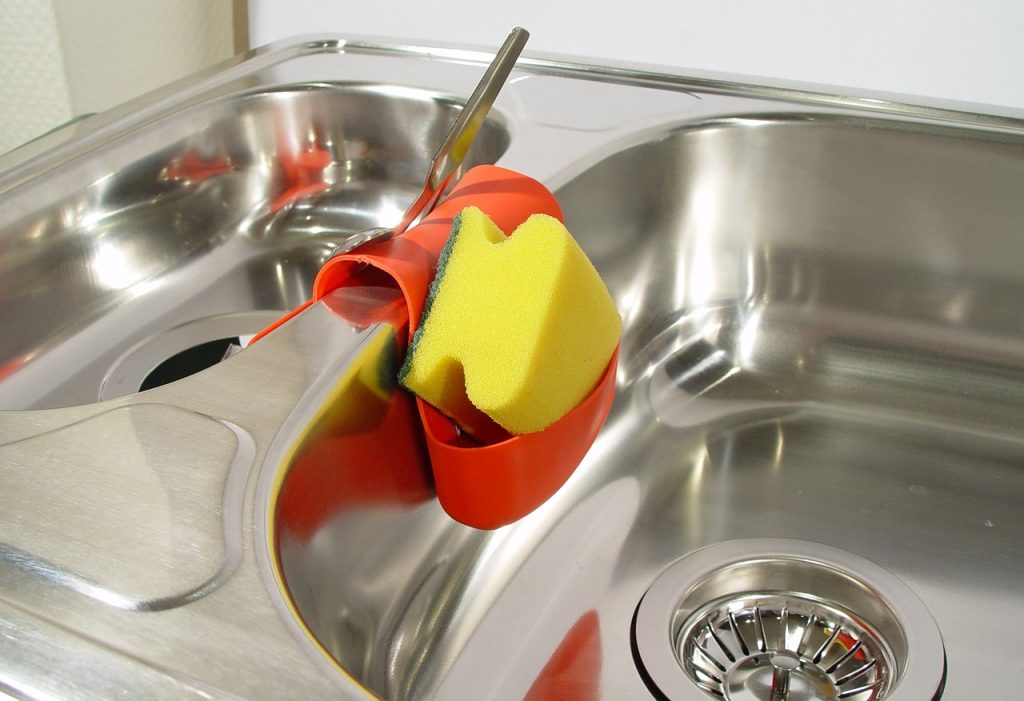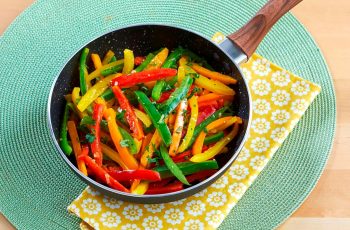Ad Blocker Detected
Our website is made possible by displaying online advertisements to our visitors. Please consider supporting us by disabling your ad blocker.
In the quest to find the perfect saucepan for your culinary endeavors, there are two materials that reign supreme: stainless steel and non-stick. Both offer their own unique advantages and disadvantages, making the choice between the two a matter of personal preference and cooking style. In this article, we will explore the qualities of these materials, their performance in the kitchen, and ultimately help you make an informed decision on which is the best material for your saucepans.
Stainless Steel Saucepans
Durability
Stainless steel saucepans are known for their exceptional durability. The material used in stainless steel saucepans is corrosion-resistant and can withstand high temperatures and heavy use without warping or losing its shape. This makes stainless steel saucepans a reliable choice for long-term use in the kitchen. Whether you’re simmering a delicate sauce or boiling a hearty soup, stainless steel saucepans are built to last.
Heat Conductivity
One of the key advantages of stainless steel saucepans is their excellent heat conductivity. Stainless steel is known for its ability to distribute heat evenly across the cooking surface, ensuring that your food is cooked evenly without any hot spots. This is particularly important when it comes to delicate dishes that require precise and consistent heat control. With stainless steel saucepans, you can trust that your culinary creations will be cooked to perfection every time.
Non-reactive
Stainless steel saucepans are non-reactive, meaning they won’t interact with acidic or alkaline ingredients during the cooking process. This is particularly beneficial when cooking dishes that contain tomatoes, vinegar, or other acidic ingredients. With stainless steel saucepans, you can have peace of mind knowing that your food will taste as intended without any unwanted metallic flavors.
Versatility
Stainless steel saucepans are incredibly versatile and can be used for a wide range of cooking tasks. From simmering sauces to boiling pasta and even baking in the oven, stainless steel saucepans can handle it all. Their sturdy construction and heat resistance make them suitable for use on all types of stovetops, including induction. Whether you’re a professional chef or a home cook, stainless steel saucepans are a reliable and versatile tool in the kitchen.
Ease of Maintenance
Maintaining stainless steel saucepans is a breeze. Thanks to their non-porous surface, they are resistant to staining, rusting, and sticking. This means you can easily clean them with warm soapy water and a gentle scrub, making them a low-maintenance option for busy cooks. Stainless steel saucepans can also be safely cleaned in the dishwasher, saving you time and effort in the kitchen.
Non-stick Saucepans
Non-stick Coating
Non-stick saucepans are coated with a layer of Teflon or ceramic material, which prevents food from sticking to the cooking surface. This makes them an excellent choice for cooking delicate foods such as eggs, pancakes, and fish, where sticking can be a common problem. The non-stick coating ensures that your food slides off the pan effortlessly, making cooking and cleaning up a breeze.
Ease of Cooking
One of the main advantages of non-stick saucepans is their ease of cooking. The non-stick coating allows for smooth and effortless food release, reducing the need for excessive oil or fat. This means you can cook healthier meals with less oil, making non-stick saucepans a popular choice among health-conscious individuals. Additionally, the non-stick surface makes flipping and turning food a breeze, allowing you to achieve perfect results every time.
Cleaning
Cleaning non-stick saucepans is a hassle-free experience. The slick surface prevents food from clinging to the pan, making it easy to wipe clean with a sponge or cloth. In most cases, a simple rinse with warm soapy water is all that’s needed to remove any residue. However, it’s important to note that non-stick saucepans should be gently hand-washed to avoid damaging the non-stick coating. Avoid using abrasive scrubbers or harsh cleaning agents, as they can cause the non-stick surface to wear off over time.
Versatility
Non-stick saucepans are versatile and can be used for a variety of cooking tasks. They are particularly well-suited for low-fat cooking methods such as stir-frying, sautéing, and searing. The non-stick surface allows you to cook with minimal oil or butter, making it an ideal choice for those looking to reduce their calorie intake. However, it’s important to note that non-stick saucepans should not be used at extremely high temperatures or for tasks such as deep-frying, as this can damage the non-stick coating and release harmful fumes.
Less Oil and Fat Usage
One of the main benefits of using non-stick saucepans is the ability to cook with less oil and fat. The non-stick coating prevents food from sticking to the pan, reducing the need for excessive lubrication. This not only helps reduce calories and fat intake but also promotes healthier cooking practices. With non-stick saucepans, you can enjoy delicious meals with less guilt.

Durability
Stainless Steel
When it comes to durability, stainless steel saucepans are hard to beat. The high-quality stainless steel used in their construction ensures that they can withstand heavy use and resist corrosion. Stainless steel saucepans are built to last, making them a worthy investment for any kitchen. With proper care, these saucepans can serve you well for many years to come.
Non-stick
While non-stick saucepans offer many advantages, their durability may be a concern for some. The non-stick coating can wear off over time, especially with regular use and exposure to high heat. It’s important to follow the manufacturer’s instructions for proper care and avoid using metal utensils that can scratch or damage the coating. With proper care and maintenance, non-stick saucepans can last for several years, but they may need to be replaced more frequently compared to stainless steel saucepans.
Heat Conductivity
Stainless Steel
Stainless steel saucepans are known for their excellent heat conductivity. The material distributes heat evenly across the cooking surface, ensuring that your food cooks evenly without any hot spots. This is particularly important when it comes to delicate dishes that require precise temperature control. The even heat distribution of stainless steel saucepans helps prevent burning or undercooking, allowing you to achieve perfect results every time.
Non-stick
Non-stick saucepans, on the other hand, may not have the same level of heat conductivity as stainless steel. The non-stick coating can act as a barrier, inhibiting the direct contact between the heat source and the food. This can result in slightly uneven cooking and may require adjustments in cooking times and temperatures. While non-stick saucepans can still provide satisfactory heat distribution, they may not offer the same level of precision as stainless steel counterparts.

Non-reactive
Stainless Steel
Stainless steel saucepans are highly non-reactive, which means they won’t interact with acidic or alkaline ingredients during cooking. This ensures that the flavors of your food remain unaltered and that no unwanted metallic tastes are introduced. Stainless steel saucepans are ideal for cooking dishes that include ingredients such as tomatoes, citrus fruits, and vinegar, as they won’t impart any off-flavors to the final dish.
Non-stick
Non-stick saucepans are also non-reactive, as the non-stick coating acts as a protective layer between the food and the cooking surface. This ensures that the flavors of your ingredients remain intact without any interference from the pan. However, it’s important to note that the non-stick coating can wear off over time, so it’s best to monitor the condition of the saucepan and replace it if signs of degradation are present.
Versatility
Stainless Steel
Stainless steel saucepans are incredibly versatile and can be used for a wide range of cooking tasks. From boiling pasta and simmering sauces to braising meats and even baking in the oven, stainless steel saucepans can handle it all. Their sturdy construction and heat resistance make them suitable for use on all types of stovetops, including induction. Whether you’re a professional chef or a home cook, stainless steel saucepans are a reliable and versatile tool in the kitchen.
Non-stick
Non-stick saucepans are also versatile and can be used for various cooking tasks. They are particularly well-suited for low-fat cooking methods such as sautéing and stir-frying. The non-stick surface allows you to cook with minimal oil or butter, making it an ideal choice for those looking to reduce their calorie intake. However, it’s important to note that non-stick saucepans should not be used at extremely high temperatures or for tasks such as deep-frying, as this can damage the non-stick coating and release harmful fumes.

Ease of Maintenance
Stainless Steel
Maintaining stainless steel saucepans is a breeze. The non-porous surface of stainless steel makes it resistant to staining, rusting, and sticking. This means you can easily clean them with warm soapy water and a gentle scrub, making them a low-maintenance option for busy cooks. Stainless steel saucepans can also be safely cleaned in the dishwasher, saving you time and effort in the kitchen. With proper care, stainless steel saucepans can maintain their shiny appearance and functionality for years to come.
Non-stick
Cleaning non-stick saucepans is also relatively easy. The slick surface prevents food from clinging to the pan, making it easy to wipe clean with a sponge or cloth. In most cases, a simple rinse with warm soapy water is all that’s needed to remove any residue. However, it’s important to note that non-stick saucepans should be gently hand-washed to avoid damaging the non-stick coating. Avoid using abrasive scrubbers or harsh cleaning agents, as they can cause the non-stick surface to wear off over time. With proper care and maintenance, non-stick saucepans can provide you with convenience and ease in the kitchen.
In conclusion, both stainless steel and non-stick saucepans offer unique advantages and considerations. Stainless steel saucepans are highly durable, offer excellent heat conductivity, are non-reactive, versatile, and easy to maintain. Non-stick saucepans, on the other hand, provide the convenience of a non-stick coating, ease of cooking, effortless cleaning, versatility, and the ability to reduce oil and fat usage. Choosing between the two materials ultimately depends on your personal cooking preferences, needs, and priorities. Whichever option you choose, investing in a high-quality saucepan will surely enhance your cooking experience and elevate your culinary creations.

